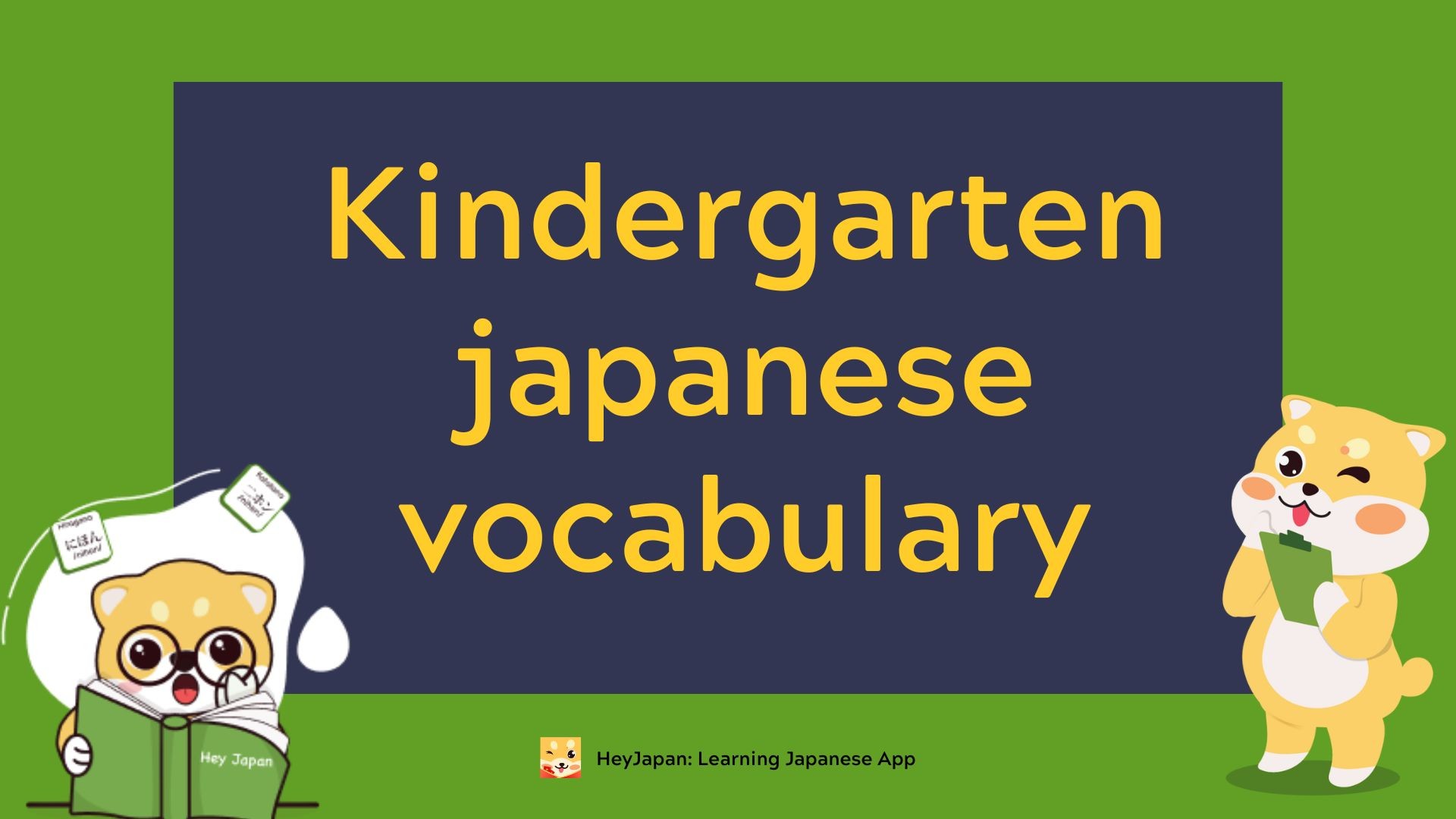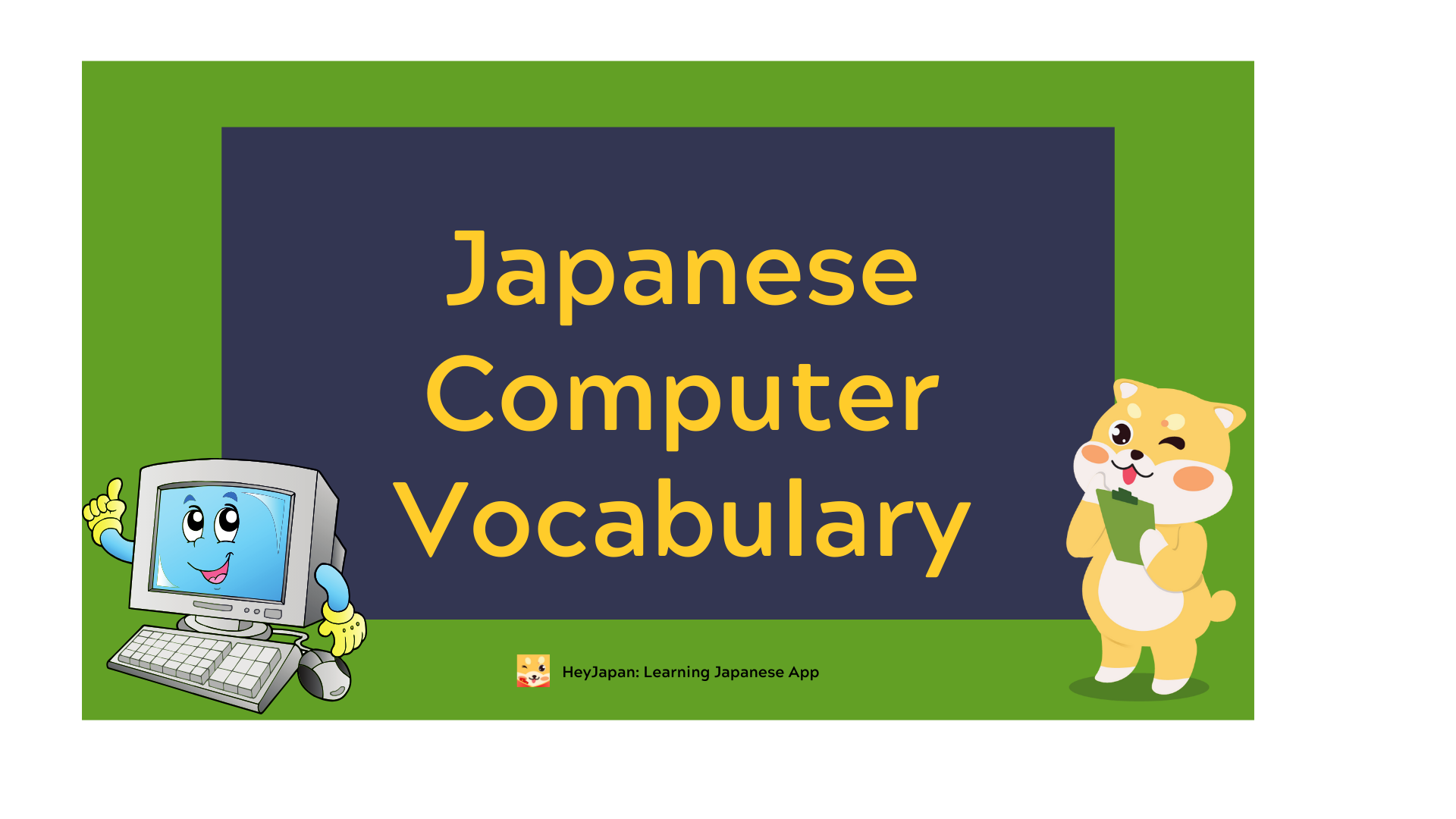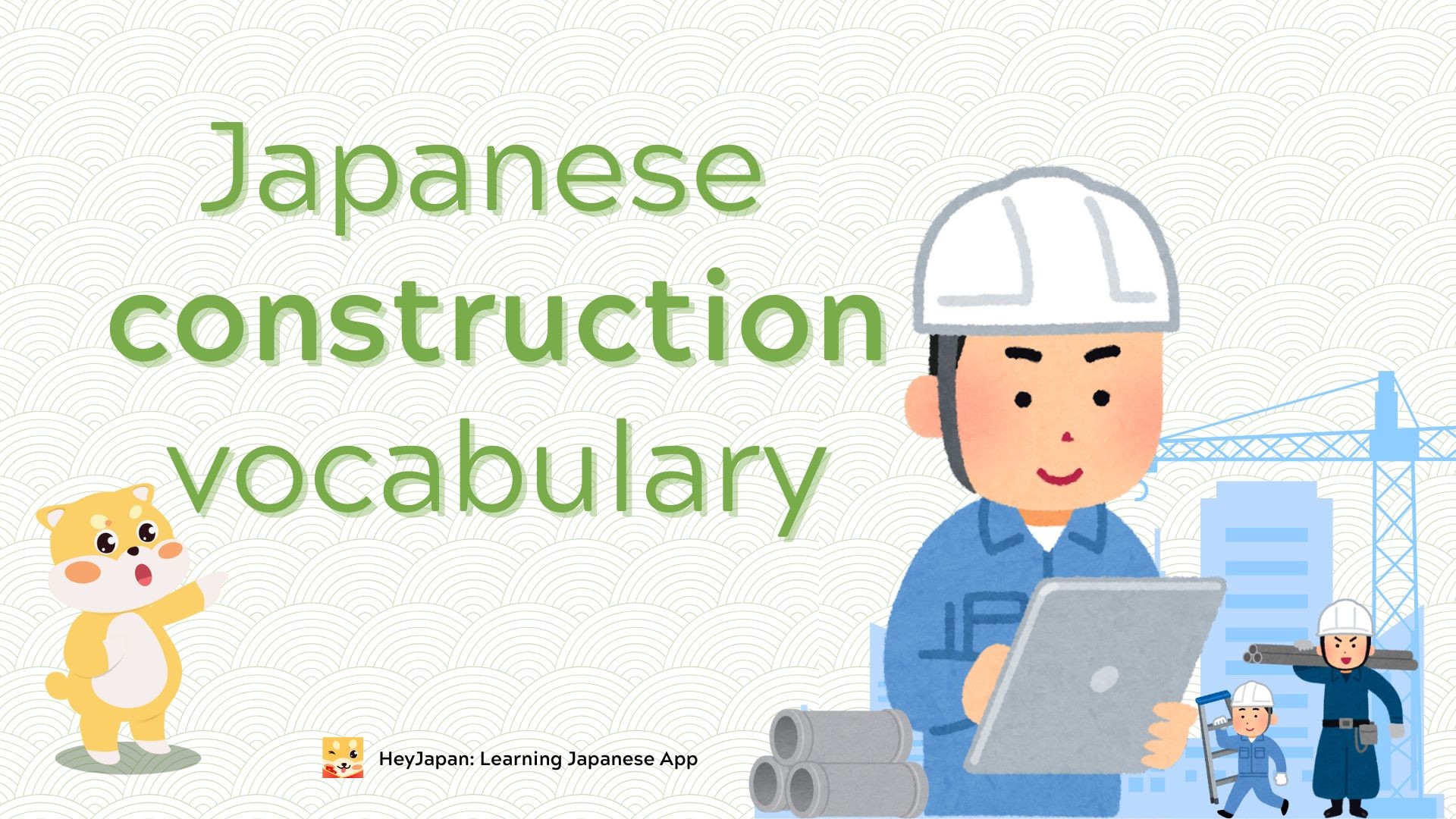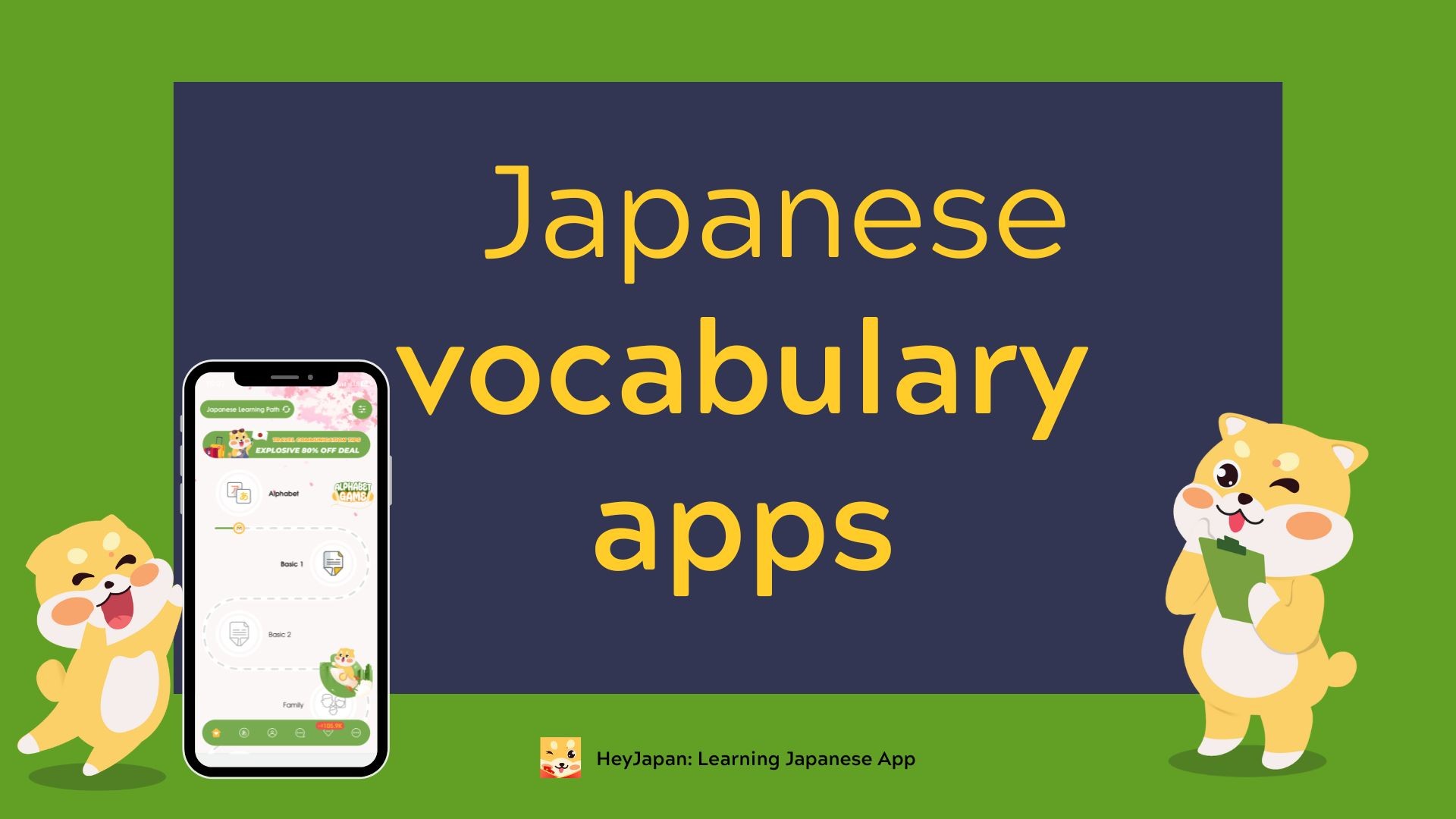- Why Kindergarten Japanese Vocabulary is Important
- Kindergarten Japanese Vocabulary List
- 1. Animals
- 2. Colors
- 3. Objects in the House
- 4. Food
- 5. Numbers
- 6. Transportation
- How to Teach Kindergarten Japanese Vocabulary
- Benefits of Learning Japanese Vocabulary for Kindergarten
- Conclusion
Learning Japanese vocabulary for kindergarten is an exciting and important step in your child's language development. Introducing young children to basic Japanese words at an early age helps them build a foundation for effective communication and opens the door to learning more complex concepts later on. In this article, we’ll cover essential kindergarten Japanese vocabulary words and provide tips on how to teach them in fun and engaging ways.
Why Kindergarten Japanese Vocabulary is Important
Teaching Japanese vocabulary to young learners is essential for their language development. At the kindergarten level, children are in the critical stages of language acquisition, and learning new words helps them improve their vocabulary, communication skills, and understanding of the world around them. By introducing basic Japanese vocabulary early on, you are setting up a strong foundation for their future language learning.
Kindergarten Japanese Vocabulary List
Here are some essential vocabulary words for teaching young children:
1. Animals

- 犬 (いぬ, inu) - Dog
- 猫 (ねこ, neko) - Cat
- 鳥 (とり, tori) - Bird
- 魚 (さかな, sakana) - Fish
2. Colors

- 赤 (あか, aka) - Red
- 青 (あお, ao) - Blue
- 黄色 (きいろ, kiiro) - Yellow
- 緑 (みどり, midori) - Green
3. Objects in the House

- テーブル (teeburu) - Table
- 椅子 (いす, isu) - Chair
- 本 (ほん, hon) - Book
- 時計 (とけい, tokei) - Clock
4. Food

- ご飯 (ごはん, gohan) - Rice/meal
- パン (pan) - Bread
- リンゴ (りんご, ringo) - Apple
- バナナ (banana) - Banana
5. Numbers

- 一 (いち, ichi) - One
- 二 (に, ni) - Two
- 三 (さん, san) - Three
- 四 (し, shi) - Four
6. Transportation

- 車 (くるま, kuruma) - Car
- 電車 (でんしゃ, densha) - Train
- バス (basu) - Bus
- 自転車 (じてんしゃ, jitensha) - Bicycle
How to Teach Kindergarten Japanese Vocabulary
Teaching kindergarten Japanese vocabulary can be fun and effective when you use the right methods:
- Use pictures: Flashcards with pictures help children associate words with images, making it easier to remember.
- Play games: Engage children with fun games, songs, and stories in Japanese to make vocabulary learning enjoyable.
- Review regularly: Encourage children to review vocabulary every day to help them retain what they’ve learned.
Benefits of Learning Japanese Vocabulary for Kindergarten
Teaching Japanese vocabulary to children at an early age has many benefits:
- Improves word recognition: Learning vocabulary improves children’s ability to recognize and understand words in context.
- Enhances communication skills: A strong vocabulary foundation helps children communicate more effectively with peers and adults.
- Prepares for future language learning: Early exposure to Japanese vocabulary sets the stage for future learning and academic success.
Conclusion
In conclusion, teaching kindergarten Japanese vocabulary is an essential part of a child's language development. By introducing basic words through fun and engaging activities, you are helping them build a strong foundation for learning Japanese. Keep the learning process enjoyable and interactive, and your child will develop a love for the Japanese language that will last a lifetime.









